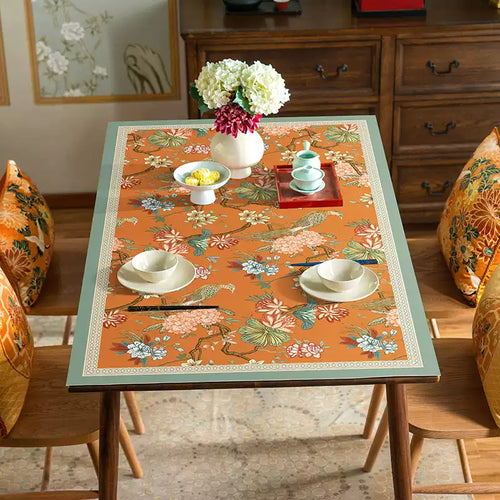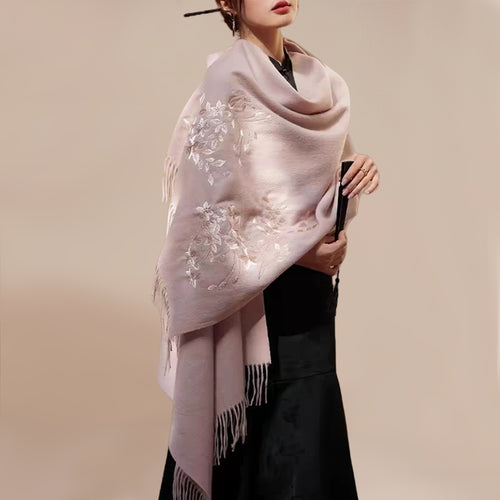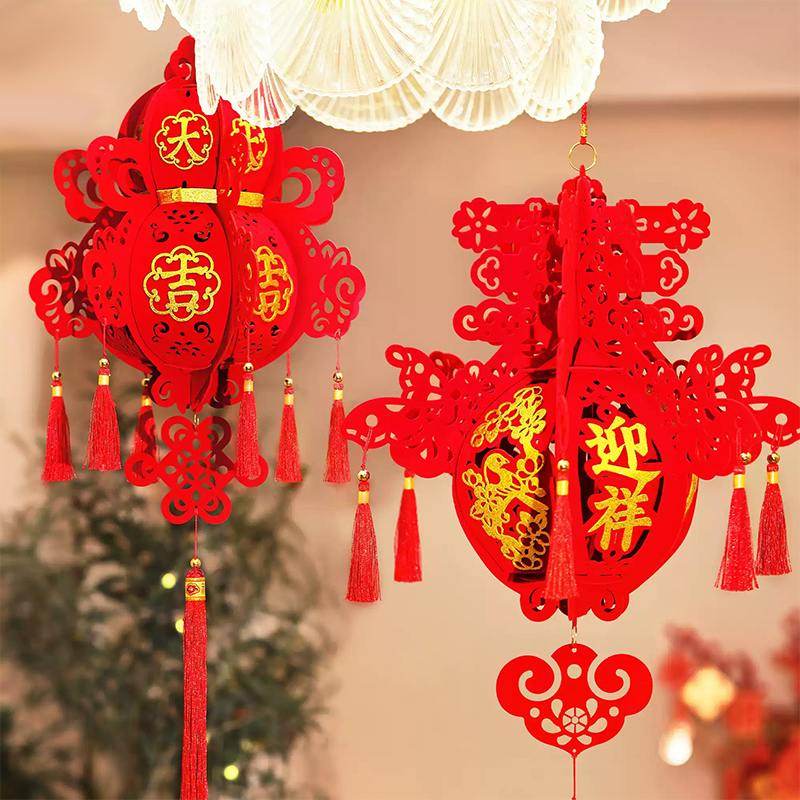Chinese New Year, or the Spring Festival (Chunjie), is the most celebrated holiday in China. With a history spanning over 4,000 years, it is a festival of renewal, family reunion, and vibrant red decorations.
As we look forward to February 17, 2026, which marks the start of the Year of the Horse, understanding the deep-rooted origins and customs becomes more meaningful. From the mythical Legend of Nian to the etiquette of Gift Giving, here is your complete guide to the Chinese New Year. Looking for Chinese new year gifts? Explore our collection: Chinese New Year Gifts 2026:Year of the Horse Lucky Ideas|SinoCultural
Table of Contents
- When is Chinese New Year 2026? (Year of the Horse)
- The 3 Origins: History & The Legend of Nian
- Essential Traditions: Firecrackers & Couplets
- Gift Giving Etiquette & Taboos
- FAQ: CNY 2026 Facts
When is Chinese New Year 2026? (Year of the Horse)
Chinese New Year 2026 falls on Tuesday, February 17, 2026.
This date marks the beginning of the Year of the Horse (specifically the Fire Horse). In Chinese culture, the Horse represents energy, success, and moving forward.
-
Public Holiday: In China, the holiday typically lasts for 7 days, but traditional celebrations continue until the Lantern Festival on the 15th day.
-
Significance: 2026 is expected to be a year of dynamic action and adventure, contrasting the introspection of the previous Snake year.
Details about Year of the Horse, read our: Welcome to the Year of Fire Horse 2026: Exploring Chinese Zodiac Horse
What are the Origins of Chinese New Year?
The history of Chinese New Year is a blend of myth, astronomy, and agriculture. There are three main theories regarding its origin:
1. The Legend of Nian (Mythology)
The origins of Chinese New Year can be traced back to the Shang(商) Dynasty, around 17th-11th century BCE. One popular myth surrounding the origins of Chinese New Year tells that a mythical beast called Nian(年) would appear on the first day of the new year and terrorize villagers, devouring livestock and crops. To protect themselves, villagers would put up red decorations and set off firecrackers to scare away the beast. Thus, the tradition of celebrating the new year with loud noises and vibrant red hues began.

2. Harvest Celebrations (Agriculture)
Another theory connects the origins of Chinese New Year to ancient harvest festivals. Farmers would express gratitude for a successful growing season, honor their ancestors, and pray for another bountiful year. Over time, these agricultural rituals evolved into the broader celebrations of the Spring Festival.
3.Worship of Deities
Some scholars also suggest that Chinese New Year's origins are rooted in the worship of various deities and ancestors. In ancient China, people believed in various deities and the power of their ancestors. People would offer sacrifices and pray for prosperity and harmony in the coming year. The holiday provided an opportunity to strengthen bonds between the living and the dead and seek blessings for the future.

Over time, the festival evolved into a broader celebration of spring, family reunions, and new beginnings. The date of Chinese New Year is determined by the lunar calendar, typically falling between January 21st and February 20th on the Gregorian calendar.
Essential Chinese New Year Traditions
1. Setting Off Firecrackers (Bianpao)
Firecrackers have long been a staple of Chinese New Year celebrations, symbolizing the driving away of evil spirits and misfortune. Firecrackers are typically strung together in long strings called “bianpao(鞭炮).” The loud noises they emit are believed to ward off negativity, leaving space for positivity and prosperity in the year ahead. The color red, used to wrap firecrackers, is highly symbolic during Chinese New Year. It represents good luck, happiness, and prosperity, thus further amplifying the significance of this tradition. Traditionally, firecrackers are set off in the early morning hours on the first day of the new year, creating a cacophony of sound as families and communities ring in the new year together.

Firecracker shows are often accompanied by dragon and lion dances, adding to the lively atmosphere of the celebrations. While the custom has evolved over time, with many cities now enforcing restrictions on firecrackers due to safety concerns, the symbolic significance of this tradition remains a key part of Chinese New Year festivities.
2.Putting Up Spring Couplets
Another beloved custom during Chinese New Year is the display of spring couplets, known as chunlian(春联) in Chinese. The custom of putting up spring couplets can be traced back to the Song(宋) Dynasty, around 960-1279 CE. The phrases or poems featured on Spring Couplets often express blessings and good wishes for the coming year, such as wealth, longevity, and good health. For example, one popular couplet reads: “May the star of happiness and longevity shine over your household”(合家欢乐,寿星高照).
The tradition of Spring Couplets dates back to ancient times when people believed that the poems' rhythmic and powerful phrases could purify their homes and ward off evil spirits. Over time, they became an integral part of Chinese New Year decorations, transforming doorways into welcoming portals of positivity and good fortune. Families select or create their chunlian, which are displayed on either side of the main entrance to the home, alongside a horizontal scroll bearing a four-character phrase. Together, these decorative elements embody the anticipation and optimism surrounding the arrival of spring and the new year.
3. Paper Cut-outs(Jianzhi)
Paper cut-outs, known as “jianzhi(剪纸)” in Mandarin, are a centuries-old folk art form that has become synonymous with Chinese New Year celebrations. Traditionally made from red paper, these intricate designs are created using scissors or knives and depict a variety of themes, including animals, flowers, and lucky characters. The process of making paper cut-outs is often passed down from generation to generation, making it a cherished part of Chinese cultural heritage.
Red is a particularly significant color during Chinese New Year as it symbolizes prosperity, good fortune, and joy. By adorning their homes with these exquisite red paper decorations, people invite positive energy and blessings into their lives for the coming year. Some popular paper cut-out designs include:
1)The Chinese character “Fu(福)”, representing good fortune and happiness.
2)Dragons and lions, which symbolize power, wisdom, and prosperity.
3)Peonies, symbolizing wealth, happiness, and good luck.
4)Fish, which represent abundance and surplus due to the Chinese word for fish, “yu(余)” sounding similar to the word for “abundance.”
Chinese New Year Gift Giving Etiquette
Exchanging gifts is a way to strengthen bonds, but it comes with strict rules.
-
Red Envelopes (Hongbao): The most common gift. Elders give these to children and unmarried adults to pass on luck and protection (Ya Sui Qian).
-
Traditional Gifts: Tea, fruits (especially oranges and pomelos), and health tonics are popular for visiting friends.
-
Taboos (What NOT to give):
-
Clocks: In Chinese, "giving a clock" sounds like "attending a funeral."
-
Sharp Objects: Scissors or knives symbolize cutting ties.
-
Pears: The word for pear sounds like "separation."
-
Frequently Asked Questions (FAQ)
Q: What is the animal for Chinese New Year 2026?
A: 2026 is the Year of the Horse. People born in this year are believed to be energetic, independent, and enthusiastic.
Q: How long is Chinese New Year 2026?
A: The official public holiday in China usually lasts 7 days (Golden Week). However, traditional celebrations last for 15 days, ending with the Lantern Festival.
Q: Why is the color red important?
A: Red symbolizes luck, joy, and happiness. In folklore, it was the color that frightened away the monster Nian.














































